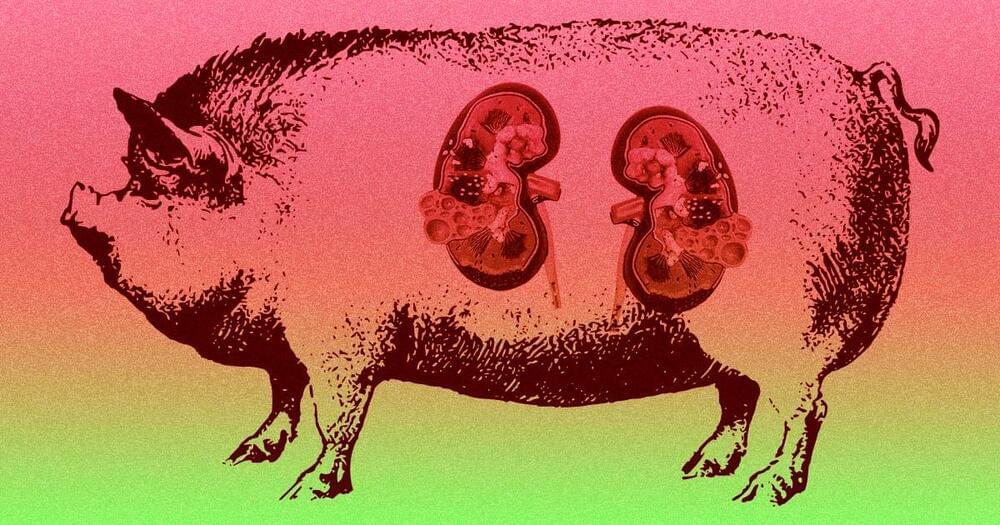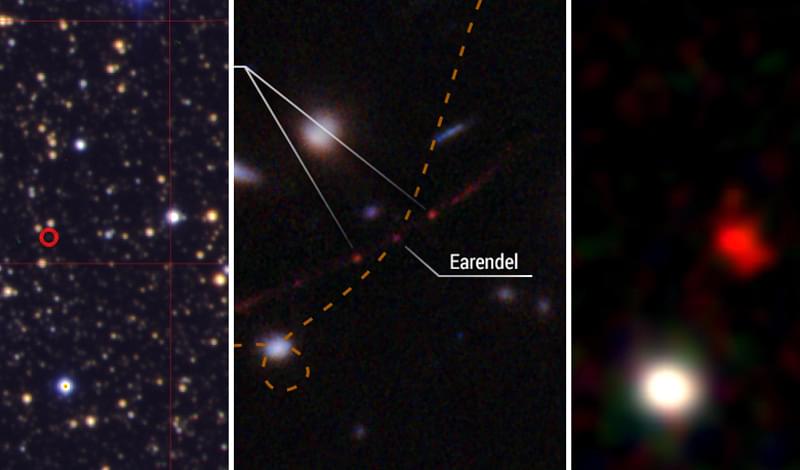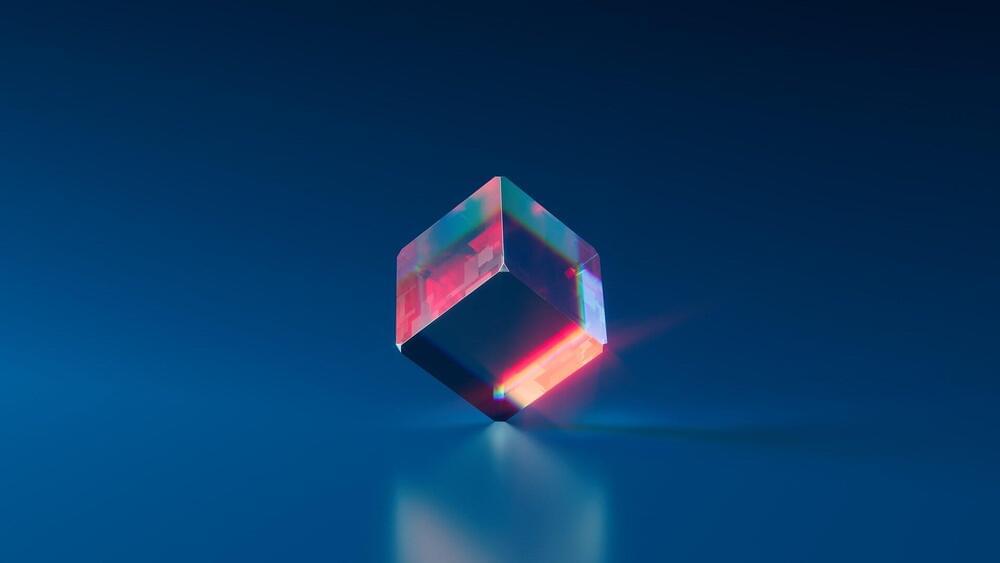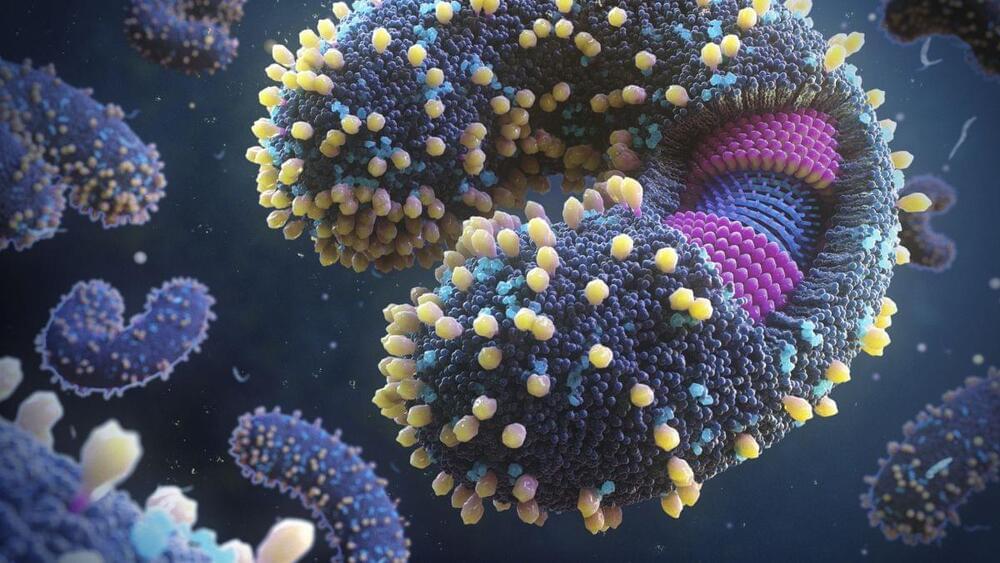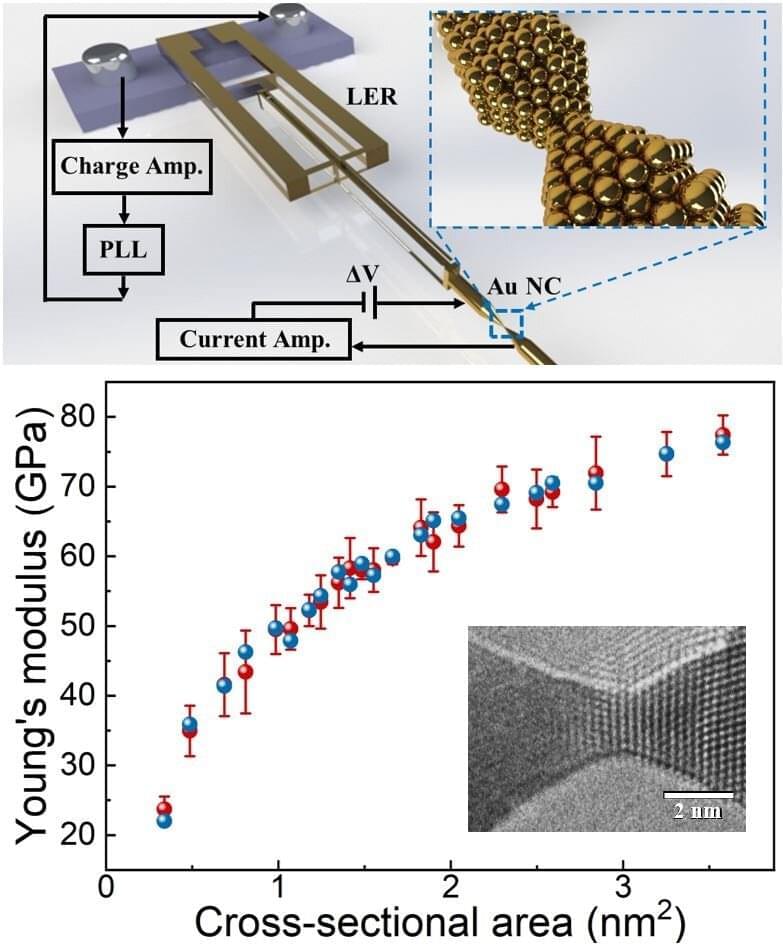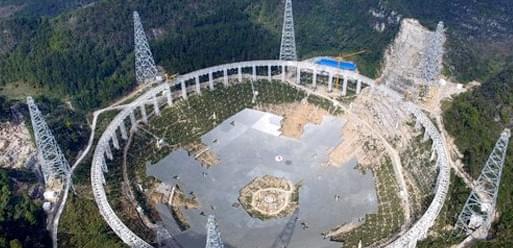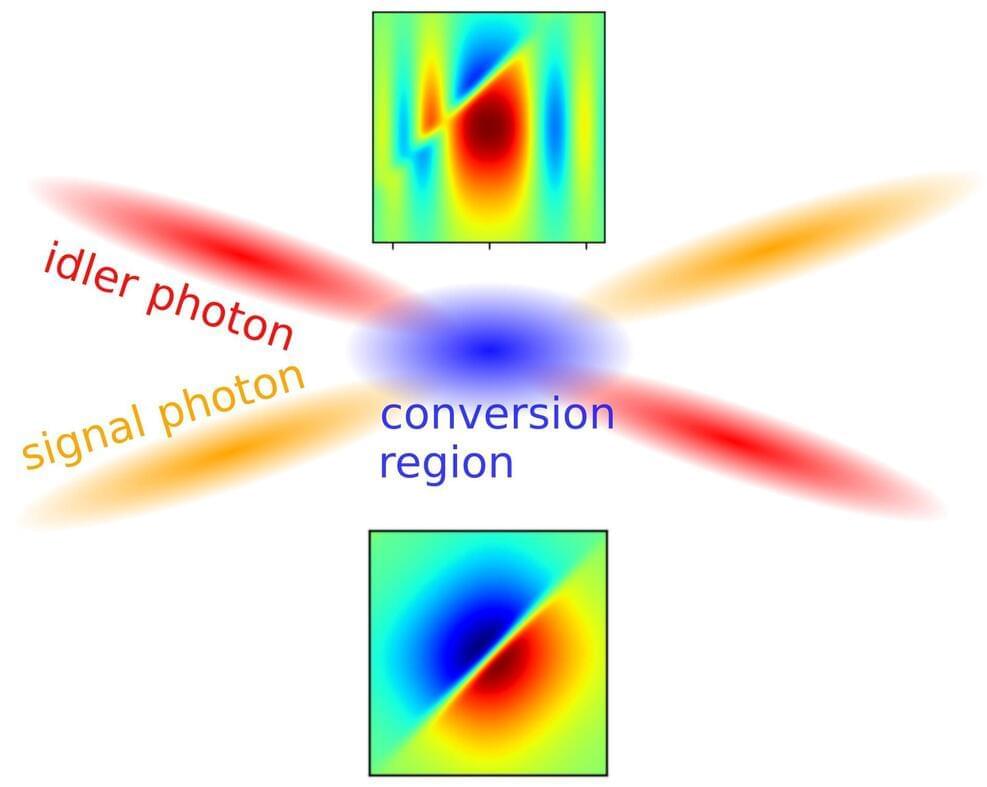
Quantum computers, machines that leverage quantum states to perform computations and store data, could soon revolutionize the computing industry, achieving significantly greater speeds and performance than existing computers. While countless companies worldwide, including Google and IBM as well as smaller start-ups, have started working on quantum technologies, the exact architecture that will lead to their mass production remains unclear.
Researchers at Leibniz University Hannover have recently conducted a theoretical study investigating the possibility of realizing flying-qubit gates for quantum computers that are insensitive to the wave shapes of photons, and also fully preserve these shapes during processing. Their paper, published in Physical Review Letters, could serve as the basis for the development of new gates that can process entangled photonic wave packets more effectively than unentangled ones.
“There are several candidate architectures for the development of quantum technology, including superconductors, ion traps, solid state, optical, and so on,” Ihar Babushkin, one of the researchers who carried out the study, told Phys.org. “Regardless of what architecture we consider, photons, the quanta of light, will play an important role, since in almost all architectures the mediators between quantum information bits (qubits) are photons.”


